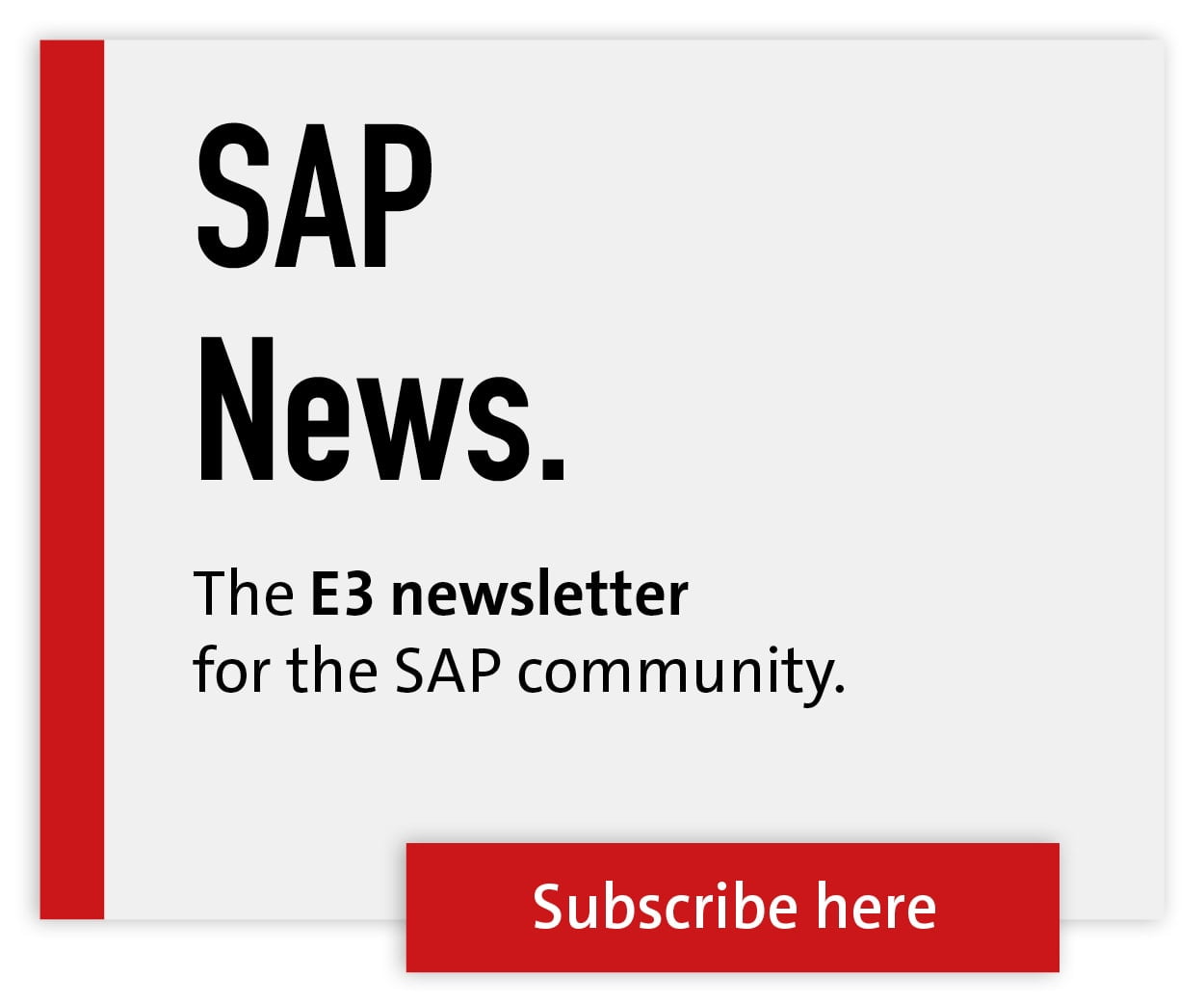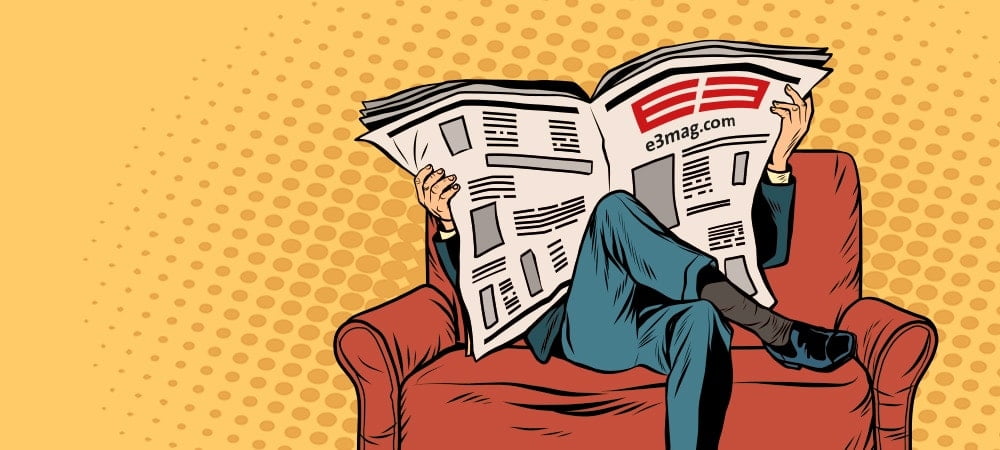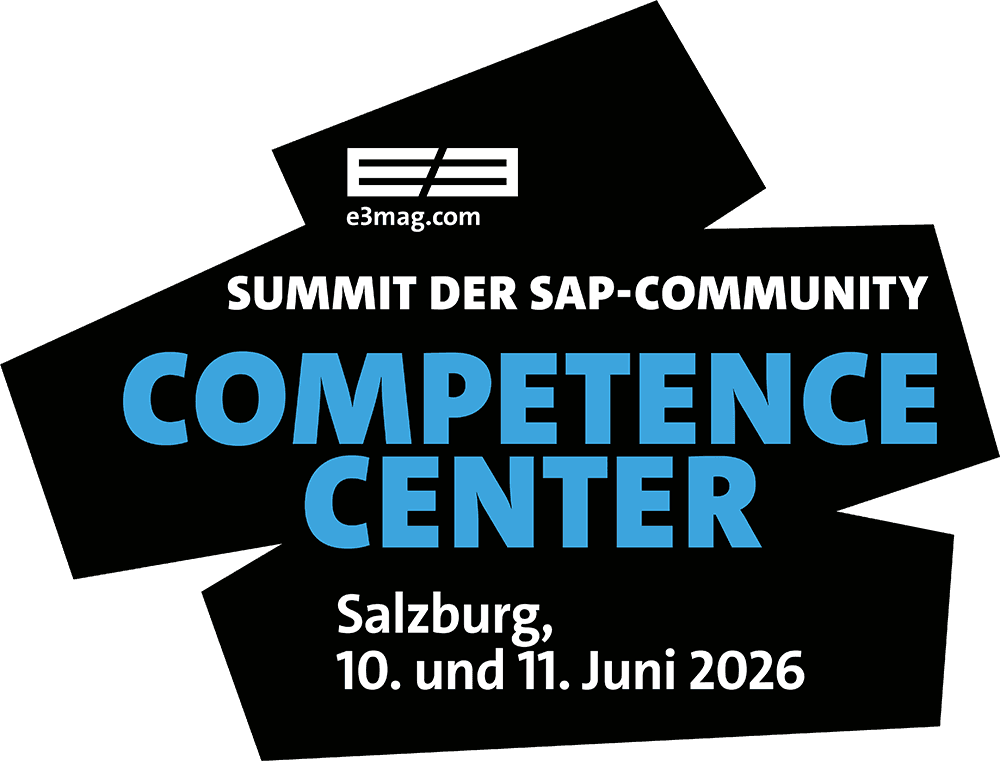The four S's and the end of unlicensed software
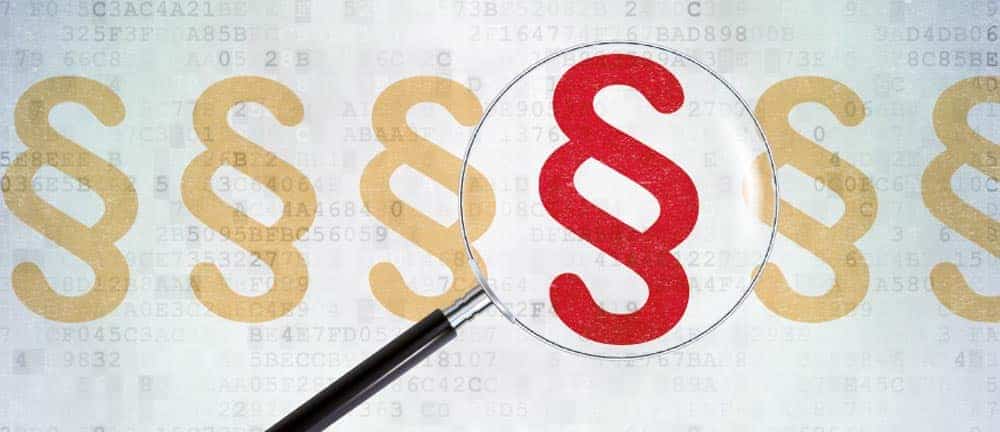
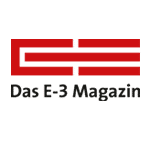
In this country, 22 percent of all programs are still used without the correct license; worldwide, the figure is 39 percent. That is astonishing if you think back a few years.
Four major trends are at the root of this: SAM, security, smartphones and SaaS. These four "S "s are having a positive impact on compliance in the German software market:
Software Asset Management:
Since software is an indispensable work tool, it must also be managed cleanly in business terms. Needs analysis, procurement, the accounting component - all these processes mean that software is increasingly seldom obtained from half-secret sources or existing license agreements are violated.
Through initiatives such as "Fact or Fiction", we support this trend towards proper management of the software. The educational offering is very often met with great interest.
Safety:
An unfortunate aspect of the economic importance of software and data is the increased threat of malware and attacks. A statistical analysis of attack frequencies and the proportion of properly licensed software shows a strong correlation: Where unlicensed software is widespread, so are attacks by malware.
Clear guidelines and technical measures that prevent unauthorized installations by employees, for example, reduce the risk - and often also the use of unlicensed programs.
Smartphones:
Especially in the private sector, smartphones are replacing tablets and PCs in many cases. Their completely different ecosystem with apps and operating system makes it unattractive to use unlicensed software.
The mobile trend is causing PC sales to slump, but in the business segment, which uses a smaller proportion of unlicensed software, they are rising again slightly (up six percent).
SaaS and cloud subscriptions:
According to IDC, the global market for SaaS products was already about $48.4 billion in 2014 and is expected to grow to $112.8 billion by 2019 - accounting for more than one-fifth of global software revenue.
Gartner assumes that four out of five software manufacturers will rely on this technology in 2020. Cloud computing could be the beginning of the end of all licensing difficulties: on-demand remote access to resources, a corresponding invoice, done.
Both technically and organizationally, there are licensing pitfalls: There is a danger that IT managers will forego suitable SAM for the sake of rapid implementation or put it on the back burner.
Deliberate license fraud is also possible. It is often assumed that licensing problems cannot arise with SaaS. However, this is a false conclusion. In fact, there are a few points to keep in mind.
IP violations:
The SaaS provider may infringe the copyright of a third party. If no contractual agreement exists that obligates the cloud server provider (CSP) to assume all liability risks, these can also affect the customer as the primary beneficiary.
Providers that offer software on their cloud servers to end customers and companies as service providers but do not have licenses for this software themselves (dark cloud) or have insufficient licenses (grey cloud) go one step further.
Client-side software components: A client-side code installation of SaaS solutions in the form of a browser plug-in, applet, agent, or even a full suite must be fully licensed, which the customer must also prove during an audit.
For SaaS, usage may be contractually restricted, e.g., in terms of geographic usage, account sharing, different user roles, or usage by third parties such as partners and service providers.
It turns out that none of the factors, none of the four "S "s alone are sufficient to make unlicensed software a historical marginal note once and for all. With a fifth "S", it can be banished, at least in the corporate environment: diligence.
